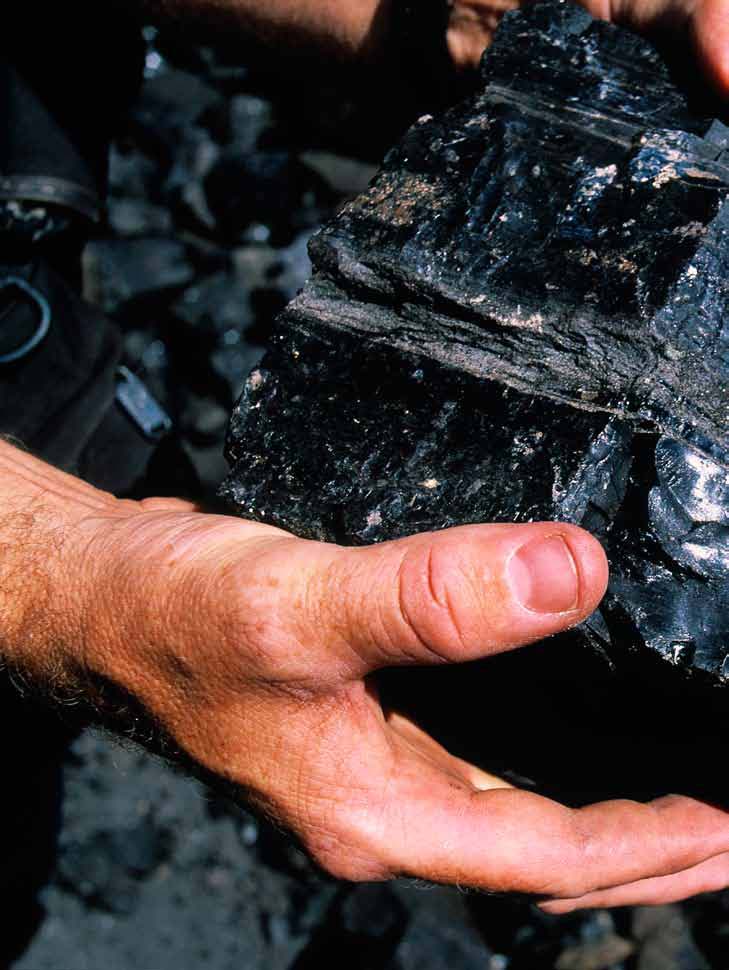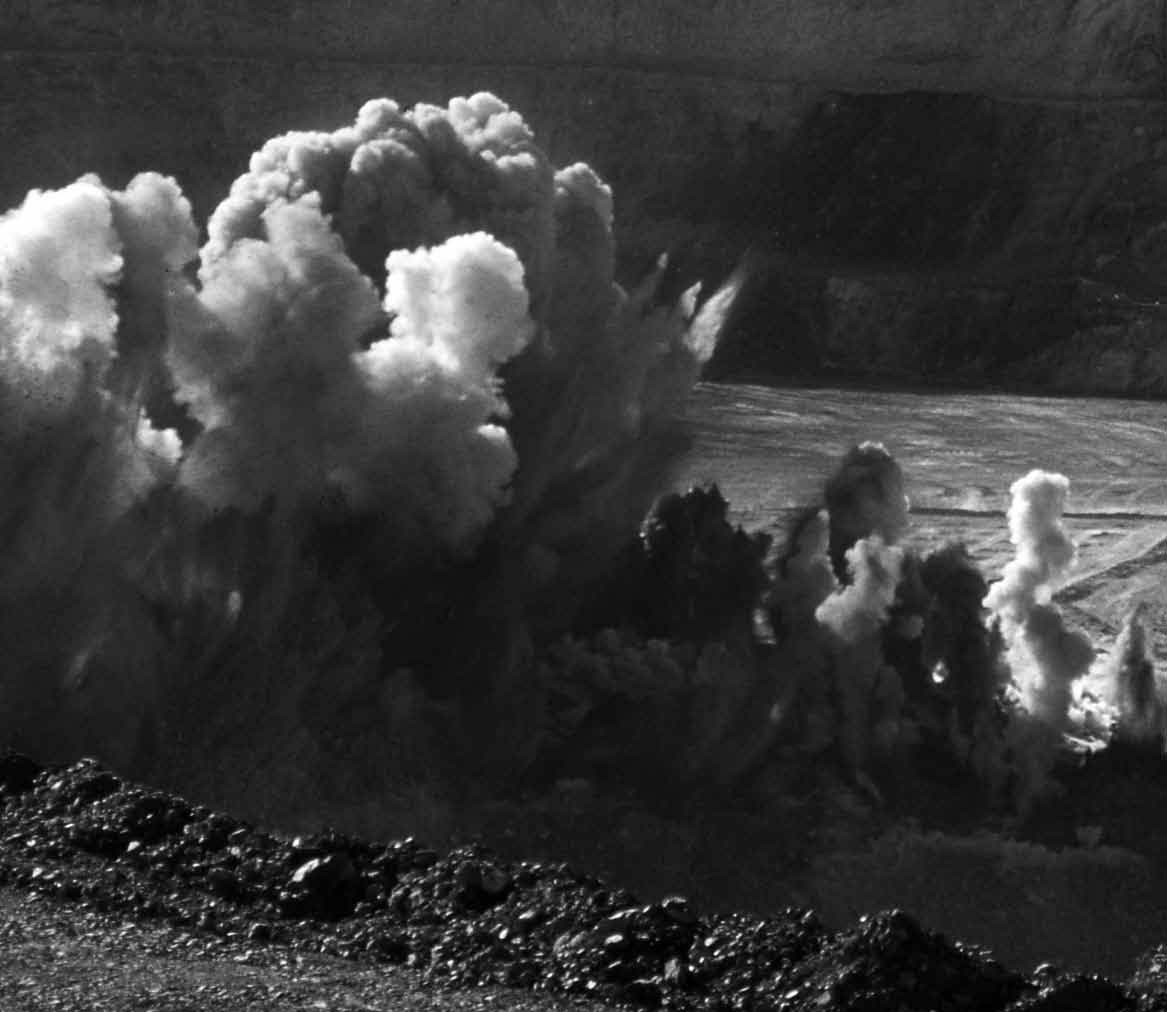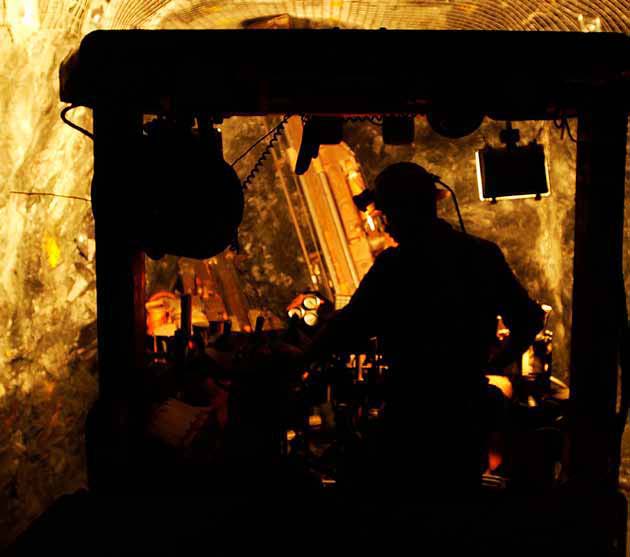 It deals with issues around capital raising, policy framework, efficiency and sustainability and provides a way forward for strategic acceleration of the benefits.
It deals with issues around capital raising, policy framework, efficiency and sustainability and provides a way forward for strategic acceleration of the benefits.
Globally, the mining sector has been resilient despite the global financial crisis. In India, the industry is on a strong growth trajectory, driven by growing demand from domestic consumers and the opportunity for increased production due to a good resource base of various minerals. Global industry supply chains typically also begin with mining. Given that the per capita consumption of most metals in India is significantly below the global average, the potential demand for minerals is expected to be robust for several years to come. The economic power also is shifting toward resource ownership and margins are moving upstream in the value chain. Thus, growth opportunities for the sector are immense.
The enactment of the new Mines and Minerals Development and Regulation (MMDR) Act, is expected to facilitate the further development of the mining and exploration sector and help attract foreign flow to the industry. Some of the required focus areas for mining industry in the present global competitive environment are new financial strategies, aggressive exploration development programs, investment-friendly policies and regulatory framework, value addition of minerals and the use of productivity enhancing techniques are.
Apart from several specific recommendations dealt with in respective chapters, this report makes certain recommendations that could potentially accelerate investment in mining, thus achieving growth and sustainability and benefits for all concerned stakeholders -
- Sustainable development: A focused approach is a prerequisite to addressing the sustainability issues critical to the
 mining and metals industry. Managements have to play a key role in adopting sustainable practices for their operations and integrate sustainability into the overall business strategies.
mining and metals industry. Managements have to play a key role in adopting sustainable practices for their operations and integrate sustainability into the overall business strategies. - Minerals taxation reform: Taxation reforms in the pipeline present an opportunity to align tax policies. A potential approach could include building incentives via offsets for miners to construct water, energy or social infrastructure, which is not only vital to business, but also beneficial for community.
- Increase collaboration with global mining equipment manufacturers: The mining equipment sector in India is at an intermediate stage of development. The industry has the requisite equipment but lags behind in technology. This is primarily due to the fact that these technologies are expensive. Indian companies can avail of these technologies by collaborating or forming JVs with global mining leaders in the technology space.
- Develop infrastructure network: Mining infrastructure development requires long-term planning, with focus on logistics and services. India needs to enhance and optimize logistics configuration between mines, plants, railways and ports. High turnaround time in the network leads to poor operational efficiency, resulting in demurrages and detentions. High visibility of information along the supply chain and improved planning and collaboration between various service providers are to be expected to improve the efficiency of logistics operations.
- Build strategic alliances: Mining activities are bound to progress further and deeper and become increasingly complex. It is an imperative to secure water, energy, technology input and build transportation and other infrastructure to get minerals to market. To optimize risk-reward equations and achieve economies of scale, mining companies should forge alliances with infrastructure players, technology and equipment suppliers and financiers (including infrastructure financing) in innovative ways, including the PPP model.
- Attract professionals to Indian mining services: To achieve sustainable growth in the Indian mining sector, the GoI
 needs to promote mining services in the region. Global mine operators are increasingly seeking the assistance of consultants to manage their projects. Indian mining companies can also adopt such practices and obtain increased access to knowledge to become competitive in the global industry.
needs to promote mining services in the region. Global mine operators are increasingly seeking the assistance of consultants to manage their projects. Indian mining companies can also adopt such practices and obtain increased access to knowledge to become competitive in the global industry. - Collaborate to strengthen operations: Indian mining companies need to venture more into global markets to gain access to skill development, efficient management, improved exploration techniques, advanced technologies and new markets. There is a need to collaborate with global majors to explore potential investment opportunities, conduct exploration activity, obtain mining concessions and perform other related activities both in India and abroad. Companies need to consider a cooperative model, which could be in form of a JV, acquisition, strategic tie-up or a technological association to strengthen their position in the global market.
- Develop special mining regions and SPVs: Despite exhibiting significant potential, mining companies in India continue to battle challenges of land acquisition and forest and environment clearances. In this context, major mining hubs can be identified following an integrated assessment of sustainable regional capacity. A nodal agency, in coordination with the GoI and state governments can create a special-purpose vehicle (SPV) for each major project hub. This SPV can obtain all requisite clearances and link resources before inviting globally competitive bids to undertake projects. Resources raised can be partially used to develop social and physical infrastructure, thus enabling mining operations.
- Mineral-specific strategy: Long term policy and other stakeholders’ initiatives should be developed and fine-tuned to specific minerals based on an in-depth understanding of the relative positioning for such minerals. There are, for example, items that are strategic to the development of a modern industry, such as defense or renewable energy (e.g. rare earth, and other specific technology minerals), which will need differentiated attention. For some other minerals, it may be immensely advantageous to pursue a policy of value addition within the country.
Download the report here -